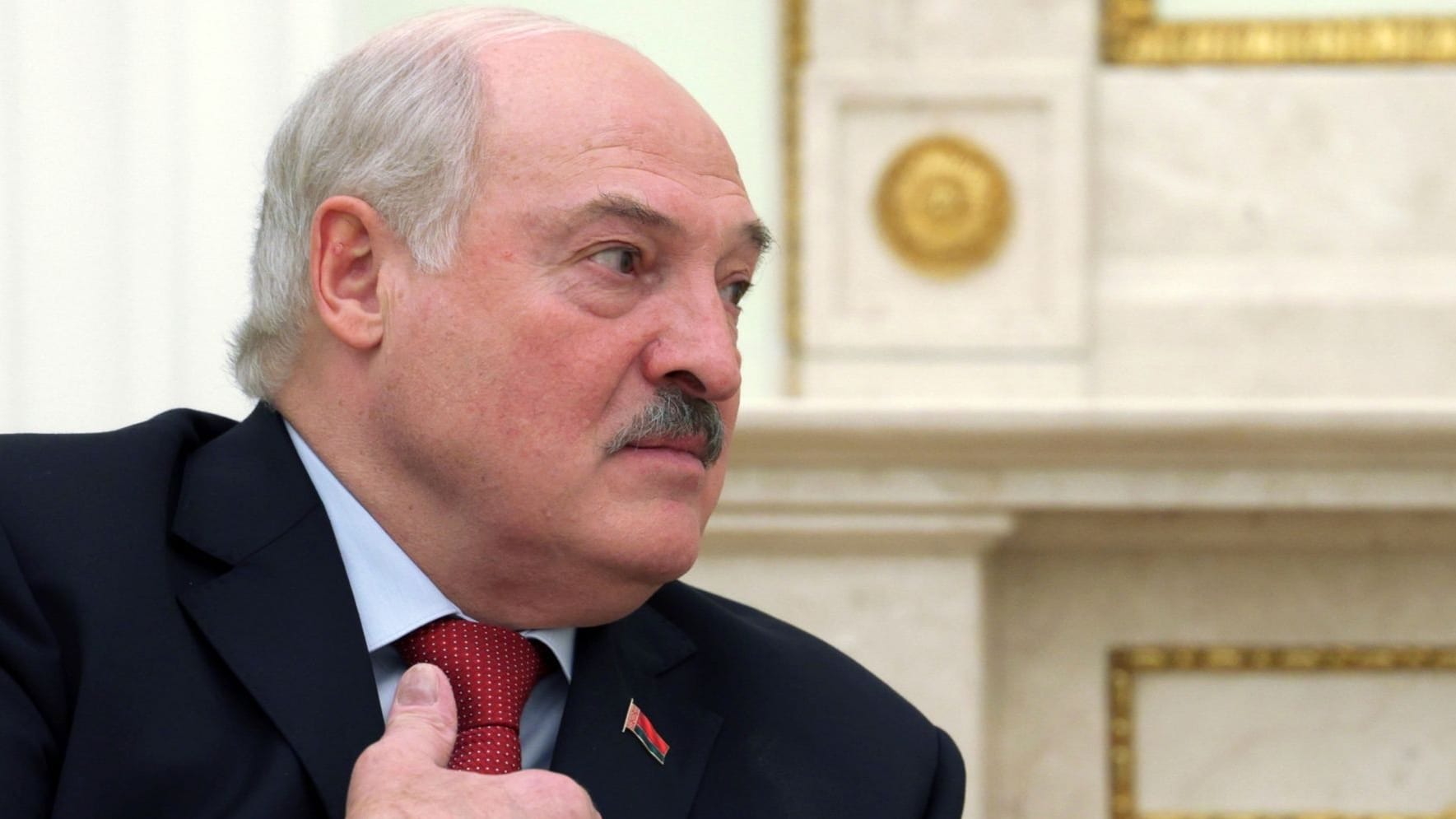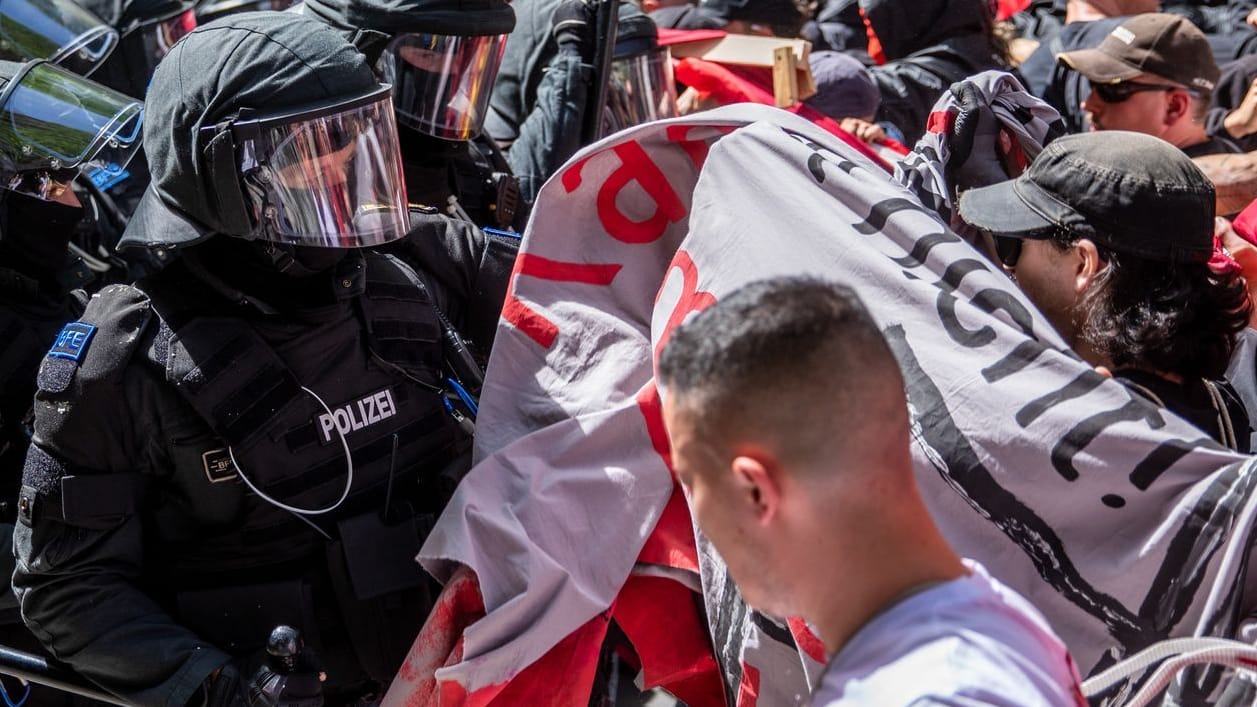When the global media horde sweeps into Chicago for the Democratic National Convention this summer, you could watch this TV spot and catch your breath:
“I’m here only miles from where the Democrats are celebrating America, but there’s little celebration. Just a few days ago, there was another shootout in a part of Chicago where Black and brown residents witness unending bloodletting. In this America, where abandonment has long claimed miles of streets, it has begun to seep into a downtown of ghostlike malls and silenced streets.”
You’re angry as you watch the national network news or cable story cover our city, and you are darn right to feel that way.
The world’s take on Chicago doesn’t have to be a cruel putdown from busy journalists relying on stereotypes. Nor should convention visitors tread fearfully, driven by shallow half-truths.
Chicago is far more than the sum of some of its problems.
We live in a city of breathless beauty and heart-stopping humanity, where we proudly speak many languages; where we lose our hearts at small and big theaters and dance and musical gatherings; where art inspires us at museums and galleries and on neighborhood streets; where Lake Michigan laps at our shoreline; and where we set an incredible table at world-class restaurants, neighborhood eateries and among all else a local treat, also known as Italian beef, which is so good it won an Emmy.
So, how do we make sure the world hears the story of the Chicago we know?
We help our media visitors tell the story. Don’t rely on stereotypes, we say. Listen to us. Let us show you the Chicago we know.
How?
Our news media provide reporting well in advance and during the convention that explains why folks from Ottumwa, Iowa, and Rhinelander, Wisconsin, and Washington, D.C., not only visit but also make their home here.
We surely have problems of poverty, crime and racial isolation and don’t want to ignore them. But we need to point out that we have invested human capital and dollars to stem the violence. Want proof? Check the list of anti-violence groups.
Nor have we erased the stain of poverty. But dozens of organizations from the Resurrection Project and Erie Neighborhood House to The Hatchery and Inner-City Action Network work hard to make a difference.
We are a city of glorious avenues and parks, and we might offer our guests tours of these. Several years ago, the Theatre Y drama group moved from the North Side to North Lawndale and offered actor-led walks around neighborhoods. The response was terrific. How about more walks around the city?
So, too, several years ago, the Chicago Cultural Alliance gave tours of immigrant and ethnic communities’ museums and centers. These are treasured heirlooms, and the alliance is a treasure itself that brings us together to celebrate our diverse roots.
Let our visitors see how we come together to eat, listen to music and relax in Washington Park or Humboldt Park, where they can relish fresh-cooked ribs, kebabs and hot dogs. Encourage them to explore our Chinatown, which has hung on to its core. They can also discover kayaking nearby on the Chicago River.
Let the visiting politicians and politically minded Americans hear about a reality that can be a lesson to others: how we work to make the most of living in a minority-majority city, a place where the folks who run the place largely reflect us. Manny’s Deli is a good place to start. So, too, invite them for coffee with the countless neighborhood groups that daily try to stitch together a good life for all.
Let the TV station and radio stations such as national public radio giant WBEZ-FM 91.5 and WVON-AM 1690, Chicago’s historic voice of the Black community; the mainstream legacy media; ethnic media such as Univision and Telemundo; and online publications such as Block Club Chicago, Borderless and the Triibe join together for a common cause and shared storytelling.
Let places like the Chicago Historical Museum, the DuSable Black History Museum and Education Center, the National Museum of Mexican Art, the National Museum of Puerto Rican Arts & Culture and the Ukrainian Institute of Modern Art present Chicago’s stories.
Our resources are endless.
So, do we want to be smeared with the cruel image of a city broken and abandoned? Or do we want to help tell the world about the real Chicago we know?
Stephen Franklin is a veteran labor and Middle East correspondent for the Chicago Tribune, an author and an educator. Thom Clark is a retired editor, writer, photographer, educator and volunteer with the Investigative Project on Race and Equity.





